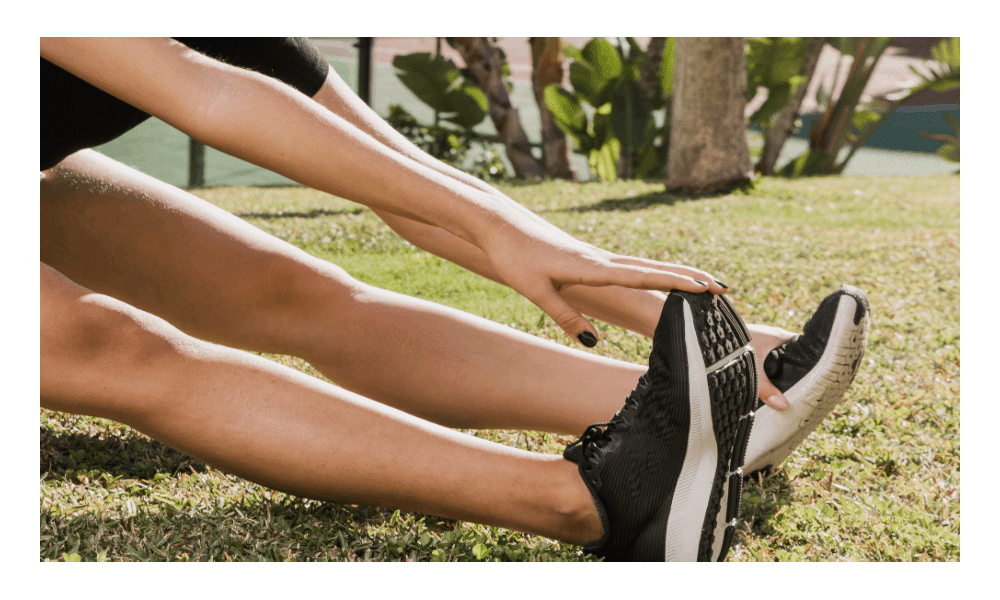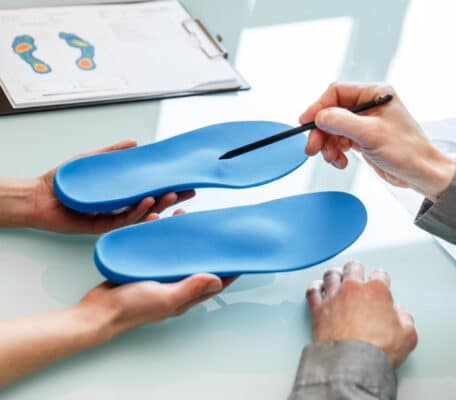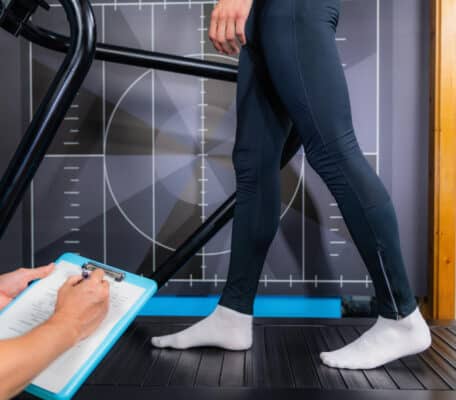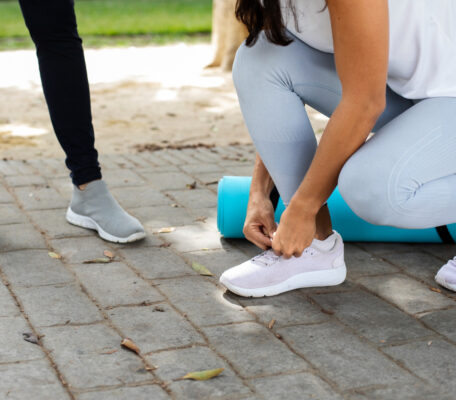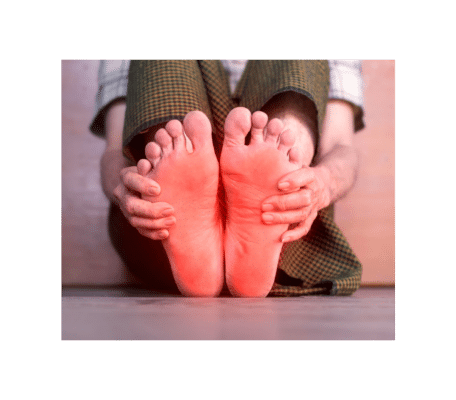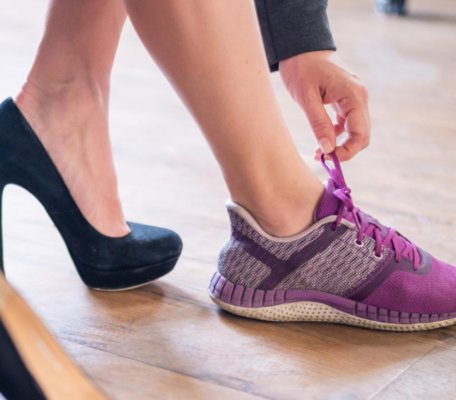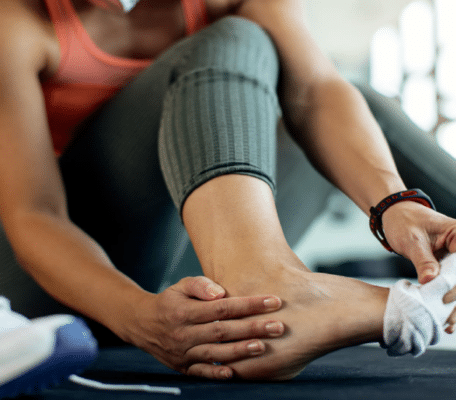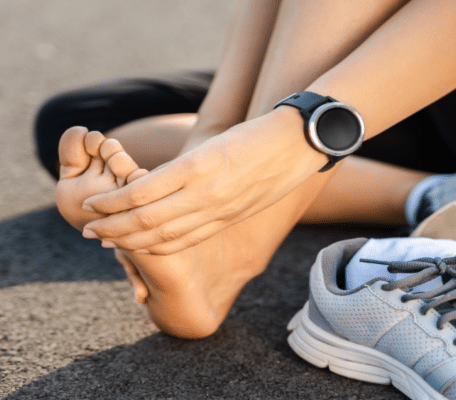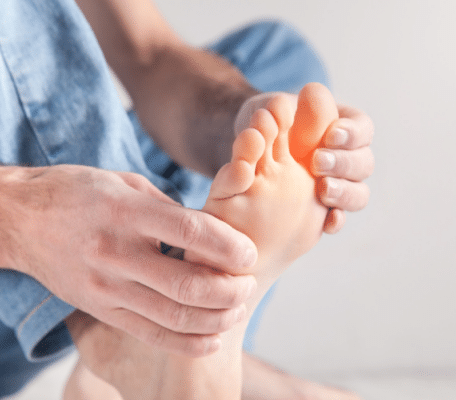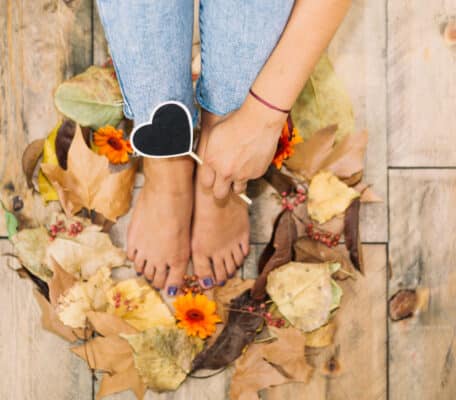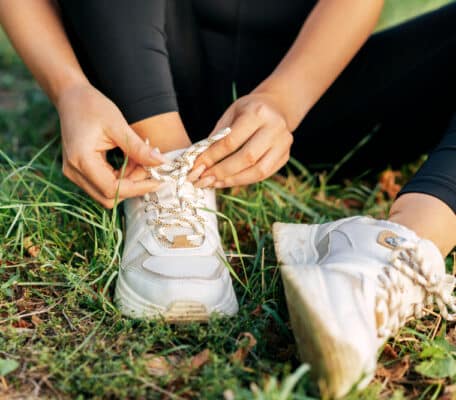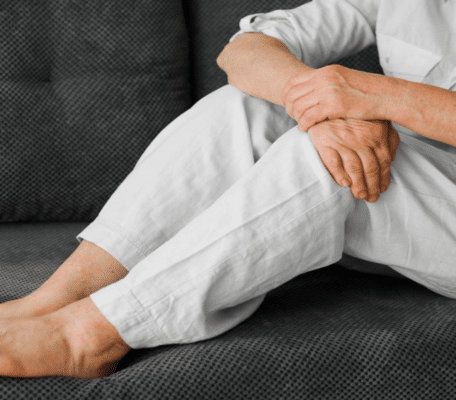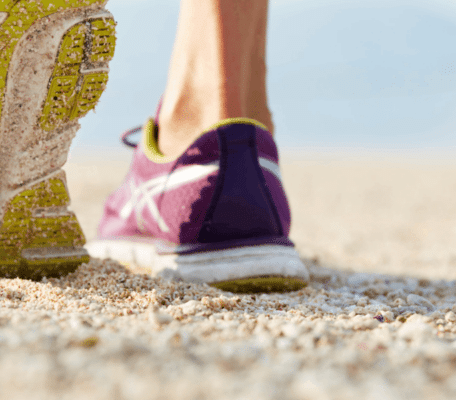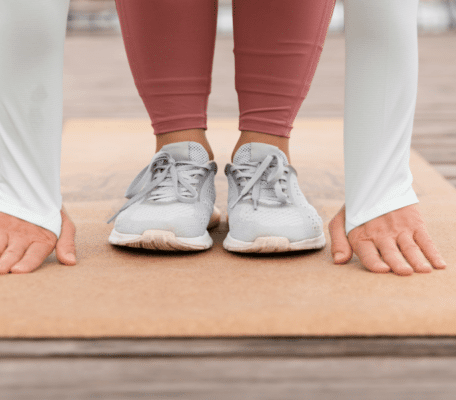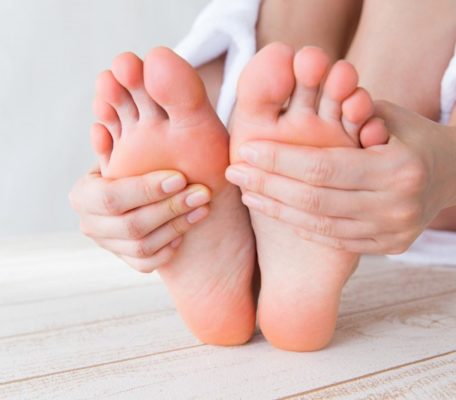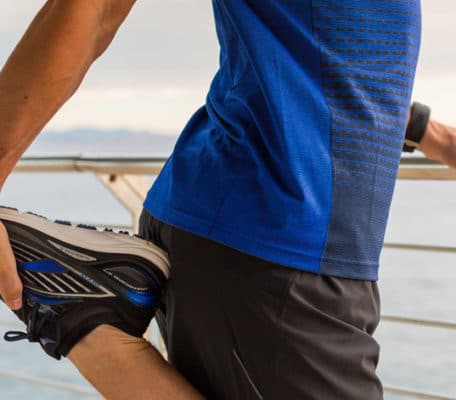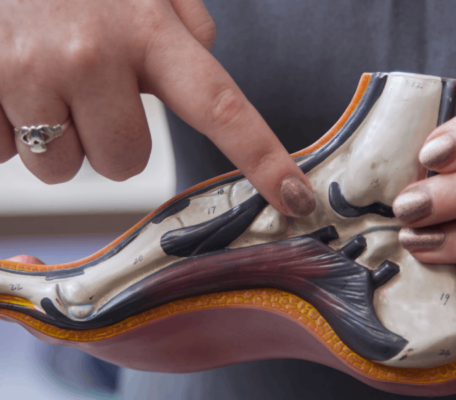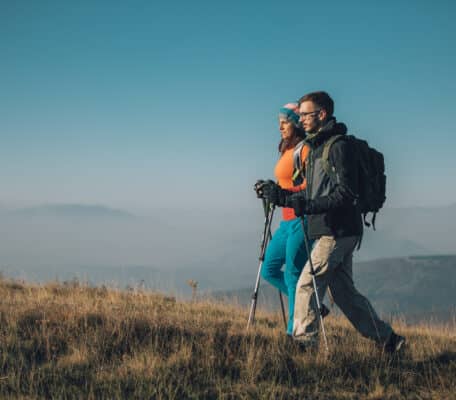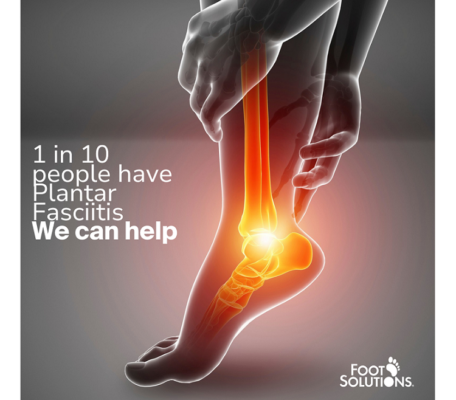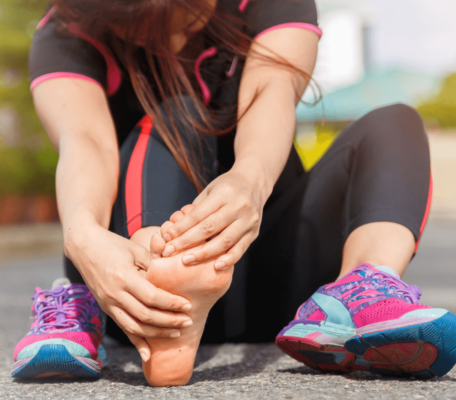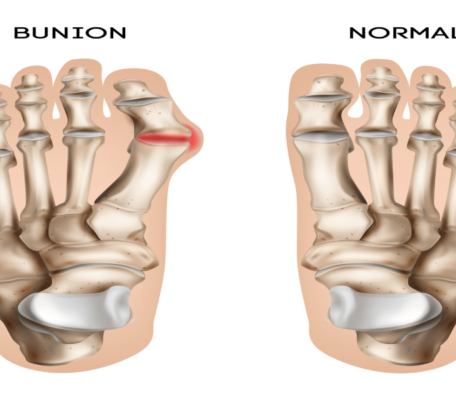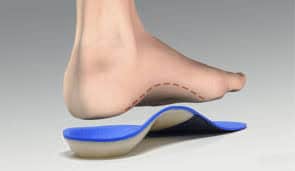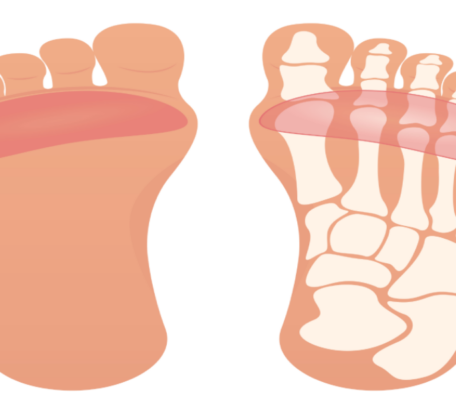Staying active is the very best way to protect your health and wellbeing throughout your life, and active people will know the problems that can arise when you incur an injury and are forced to stop or slow down! Frustrating injuries and painful foot conditions can prevent you from enjoying your usual active life, and learning to take note of the early warning signs can make all the difference in preventing injuries such as this.
Here at Foot Solutions, we know that staying active is vital, especially if you enjoy sports. As we age, our preferred forms of exercise often change, and we should ideally be building resistance training into our regime to support good bone health. Many people are surprised to find that they should be increasing their levels of physical activity year on year, but this is a great way to combat the physical signs of ageing and increase your longevity.
Staying Active to Protect Your Bone Health
Whether you have always enjoyed sports or have developed a very active lifestyle later in life, consistent exercise will increase your general fitness and build your bone health, which is a good indicator of longevity. Many people begin to enjoy different sports as they get older, and walking, hiking, tennis and golfing are forms of resistance training that are particularly helpful for bone health. In fact, golfers statistically appear to live longer because they are walking as they play, often 2-3 times per week, racking up an average of 15,000 to 20,000 steps per game.
It is important to choose a form of exercise you love and combining it with an opportunity to meet others and socialise can make it even more enjoyable. Looking for a local club or group that will support you in the sport you love can be invaluable, and if you fancy trying something different, don’t let your age or fitness level hold you back – make the most of the opportunity to increase your activity levels and enjoy improving your fitness and bone health as you age.
Sporting Injuries: Common Causes
Sporting injuries are fairly common and can often be prevented by taking simple steps to protect yourself. Injuries can occur during any sport or exercise, but this is less likely if you are taking care of yourself throughout your workout. Sporting injuries can include damage to the muscles, muscular tissues, bones, tendons or joints and can vary in severity and long-term outcome. Commonly, sporting injuries may be caused by:
Overuse. When you carry out a certain type of movement repetitively, injuries can occur due to overuse of the same muscles and joints. For instance, running often leads to knee injuries because of the consistent pressure and shock placed on the knees as you run, and stress fractures are often caused by overuse. Injuries due to overuse are more likely if you do not allow sore muscles and joints to rest and recover between bouts of exercise. You should alternate exercising different muscle groups and give yourself rest days to prevent injuries.
Forgetting to warm up. Warming up the body before you begin to exercise is vital to prepare your muscles, tissues and joints for your workout. Not warming up properly means you are more likely to injure yourself as your muscles will be cold and less likely to stretch safely. Take your time while exercising to protect against injury more effectively and remember to stay hydrated to keep your body in great shape.
Taking risks. If you are not careful when exercising, it is very easy to injure yourself. You should take precautions to protect yourself as you exercise, including considering running on softer surfaces, learning the proper form for lifting weights and finding out as much as possible about the correct way to practice the sport of your choice. If you have not exercised for a long time or are in poor health, you should check in with your doctor before beginning a new exercise regime.
Trauma. Unexpected force or impact while you are exercising can cause injuries such as sprains, strains, fractures, dislocations and bruises. This may happen if you fall or use equipment incorrectly or may be the result of a collision with another sportsperson. If you experience a traumatic injury, you should get checked over by a medical professional to ensure that you have not broken a bone or tore a tendon or ligament as these types of injury can be complex and take a long time to heal and will worsen if not cared for correctly.
Faulty equipment. You should always check equipment before you use it, and this includes essentials such as your training shoes. The shoes you wear for exercise should be fitted by a professional and provide enough cushioning and support to protect your feet from injury. If your sport requires protective padding, a mouthguard and/or a helmet, you should wear these at all times when practicing and check that they are not damaged before each wear.
Preventing Foot Injuries
It’s very important to take note of the early signs of injury if you wish to prevent a problem from developing. Of course, we cannot prevent every injury from occurring but having a higher level of awareness can help to protect against many common injuries. For instance:
• Does it hurt during or after a workout? If you are noticing pain during or after you exercise, you should not ignore this. This is your first clue that an injury is likely to occur if you continue. Stop immediately and allow your body to rest, checking out the painful area and ideally elevating it to allow it to recover effectively. If you notice pain in the same area every time you work out, you may want to consider a sports brace, new training shoes or even a different form of exercise.
• Is it swollen? Swelling is the body’s natural defense against injury, protecting the affected area as it heals. If you notice swelling, you should pay attention to this and take the time to rest or consult a physiotherapist for advice.
• Did you hear an unusual noise? If you hear a pop or a snap while exercising, especially if accompanied by pain, you should seek medical advice immediately. This could indicate a tear or damage to a tendon, ligament or nerve, which will need attention to prevent it from worsening and causing permanent damage.
• Do you have a reduced range of movement? If you notice that your movements are limited, especially after exercise or first thing in the morning, you should seek advice from a medical professional or try some gentle rehabilitation stretches. You may feel that the affected area is unstable or weak and this could indicate muscle or tissue damage.
• Is there a rash or discolouration? If you have noticed a rash, scarring or discolouration around the affected area, you should consult a medical professional straight away as this can be a sign of a more severe injury such as a fracture.
• Is the pain persistent? If you have an injury that is not healing as you expected or you are still in pain several weeks after injuring yourself, you may need professional treatment or advice to help rehabilitate the area.
Paying attention to the warning signs and taking note of any pain or ‘twinges’ while you are exercising can help to prevent serious and long-term problems, so don’t be tempted to ignore potential issues and hope for the best!
Good Shoes and Orthotics Can Keep You Active
Wearing good, supportive shoes can help to prevent injuries in the feet, ankles and legs and precision-tailored orthotics are an excellent option to help with issues such as over-pronation, where the feet roll inwards, or fallen arches. Precision-tailored are designed to fit the unique shape of your foot and can make a big difference to the way your feet feel in your shoes.
Wearing the right shoes for your feet can help to prevent injury and protect your feet from pain, and you should have your shoes fitted by a professional, preferably at the end of the day when your feet will have naturally expanded. If your feet are comfortable and well protected, you are much more likely to be able to exercise effectively and to maintain your active lifestyle.
Visit Foot Solutions Today
Here at Foot Solutions, we have a great range of everyday shoes and boots, runners, as well as work shoes and you don’t need to compromise on comfort or on style. We have many years of expertise in foot health and will be happy to discuss any foot problems you are experiencing and help you find effective solutions.
You can pop in and visit us in store anytime, and our friendly team will be delighted to show you our full range and talk with you about services such as gait analysis and custom orthotics. Our free foot analysis can be transformative, and we love to hear from our satisfied customers about how much difference the right shoes have made to their lives

